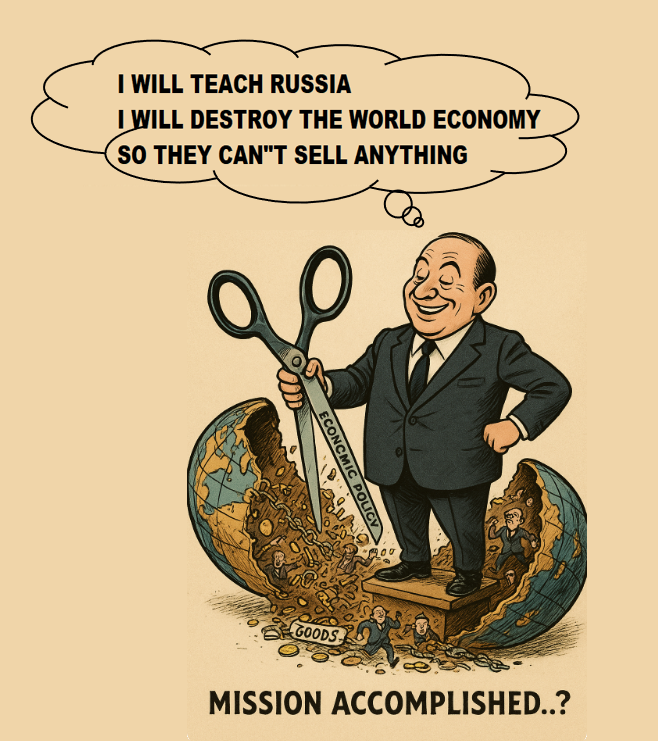Gas inflation has broken records at a dizzying pace: In June 2022, the national average gas price hit a high of more than $5 per gallon, according to data from the U.S. Energy Information Administration. Simultaneously, the Consumer Price Index, which measures how the cost of consumer goods and services changes over time, saw its highest 12-month increase in 40 years.
As summer ended, those prices had started to recede, AAA data shows, but there’s no promise that the trend will continue.
Here are five ways small businesses can offset high gas prices by saving money at the pump and elsewhere.
1. Earn cash back at the pump
Small businesses that spend a considerable amount on fuel costs might consider applying for business gas credit cards that offer up to 3% cash back on fuel purchases. These cards can be used alongside gas apps — which help consumers find the cheapest gas in their area — and station-specific membership accounts that award consumers points or discounts.
2. Monitor how your cost of goods sold changes
A business’s cost of goods sold, or COGS, comprises all expenses directly related to the sale of products or services. It strongly influences a business’s bottom line; a business’s sales must be greater than its cost of goods sold to generate a profit.
Julie Oldham, a certified public accountant and consultant at the Michigan Small Business Development Center, says small-business owners can’t continue to operate as is when their cost of goods sold rises. Money spent on gas is often included in the cost of goods sold for service- and product-based businesses.
“It goes back to the grindstone,” she says. “Really just being on top of your numbers.” As your cost of goods sold increases, your consumer-facing prices should rise to ensure you’re still making a profit.
3. Know when to raise your prices
If small businesses don’t raise their prices when they’re being affected by inflation, Oldham warns, they risk going out of business. In service-based businesses, this price hike should be clearly stated in invoices so that customers understand why they’re paying more. More specifically, Oldham says, business owners should create a sub-account under expenses for gas costs to isolate and monitor the exact amount spent on fuel.
Oldham also suggests businesses review client contracts to ensure they include the right to raise prices.
4. Invest time in financial forecasting
“Even if you try to cut down on your expenses … you have competition,” Oldham says. One of her clients, for example, recently tried purchasing an electric van to save money on fuel, but the competition had beaten her to it and none were available. Financial forecasting can put small businesses in a position to make these decisions before prices skyrocket by helping them set goals and estimate their future profit.
If your accounting software doesn’t include forecasting capabilities, the small-business coaching organization SCORE offers free templates on its website.
5. Improve your business’s efficiency
Switching to an electric vehicle is one way to battle high gas prices, but small businesses can also offset the cost of fuel by making changes to other parts of their operations. For example, Oldham suggests reviewing packing and shipping processes. “Do you have lighter-weight packing materials?” she asks. “How about the smallest containers?”
On a different note, small-business owners might explore ways to make their buildings more efficient in the long run, says Joni Krolczyk, a senior business consultant at the Michigan Small Business Development Center.
“There are a lot of entities and programs that are coming to light now, encouraging businesses to explore those options and incentivizing them to do so,” Krolczyk says. “So they may not reap those benefits immediately, but over five, 10, 15 years, that’s going to affect their bottom line.”
The Database of State Incentives for Renewables and Efficiency can help small-business owners find energy-related tax deductions, tax credits, grant programs and rebates in their state. Some local utility companies also have small-business energy efficiency programs that offer entrepreneurs additional incentives.








































